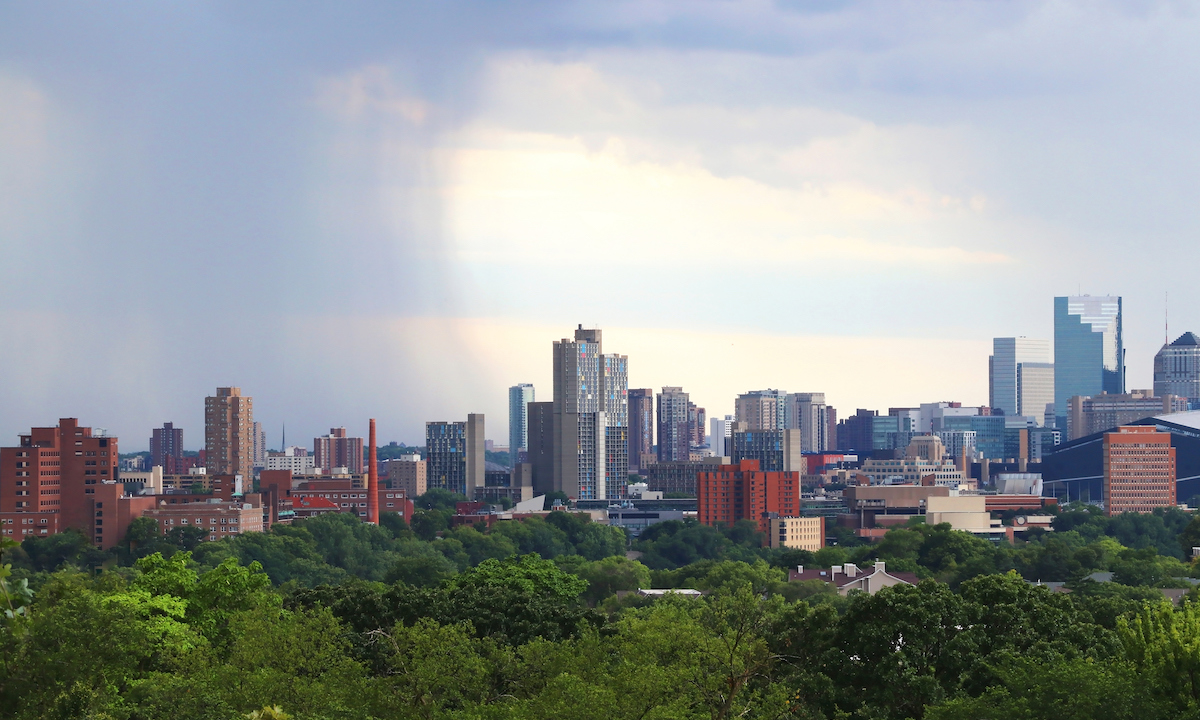Wouldn't it be great if we had a government that cared about solving real problems of real people? Actually, we have lots of governments like that -- in cities and states across the nation. Local governments are a big part of the reason why good things are still happening in this country. Certainly, that's where the action has been for the past two years when it comes to addressing climate change and moving to clean energy, but those aren’t the only solutions coming from local governments.
Adequate shelter is a basic human right, yet here in the richest country in the world, a shocking percentage, even of fully employed people, can't afford it or find it straining their budgets to the breaking point. One obvious solution is to build more housing, and the Sierra Club strongly agrees with that goal. But we need to do more than just build -- we need to do it in a way that's both forward-thinking and equitable. That might make it more challenging to agree on housing solutions, but the extra effort is worth it -- and a plan Minneapolis has drafted to guide its next 10 years shows why.
Like many metropolitan areas in the U.S., the Twin Cities are adding people faster than they’re adding housing -- especially affordable housing. The plan for Minneapolis, which was supported by the Sierra Club, recognizes that if you want to increase the density (and affordability) of housing, you need to be flexible about residential zoning. For Minneapolis, that means allowing multifamily units like triplexes in every neighborhood, which would make it the first major city in the U.S. to completely eliminate single-family home zoning.
But the plan also recognizes that increasing the housing supply alone does not guarantee an equitable outcome for the people who will live in those houses. To ensure that, policies like inclusionary zoning and a commitment to living-wage jobs also need to be included. That’s why Minneapolis City Council President Lisa Bender and other city leaders are committed to passing the region’s strongest inclusionary zoning ordinance.
Further, the plan would prioritize increasing housing density in transit corridors and investing in making all neighborhoods more walkable and bikeable. And once again, it has an explicit goal of doing all of these things in ways that are both fair and equitable.
Taken together, these policies will not only increase the supply of affordable housing but will also affect the neighborhoods where that housing is built -- making them healthier, safer, more diverse, and nicer places to live. Providing clean, sustainable, convenient, and affordable transportation options is not only good for the environment -- it’s good for people. Fun fact: Someone who switches from a long car commute to a short walking commute will increase their overall happiness by about the same as if they had fallen in love (but without the risk of a broken heart).
Healthy hearts and safer streets are nice outcomes, but it’s also important to look at what the Minneapolis plan doesn't do. It doesn't eliminate commonsense environmental safeguards or sacrifice the city's precious green spaces. And crucially, it doesn't place unfair burdens on people of color and low-income communities (nor does it excuse more-privileged communities from participating). Instead, it recognizes that because problems like the housing crisis affect all of us (including those of us fortunate enough to already have homes), we all need to be part of the solution. As the great Minnesotan Paul Wellstone once said, “We all do better when we all do better.” For problems as important as housing, let’s be sure we do our best.
